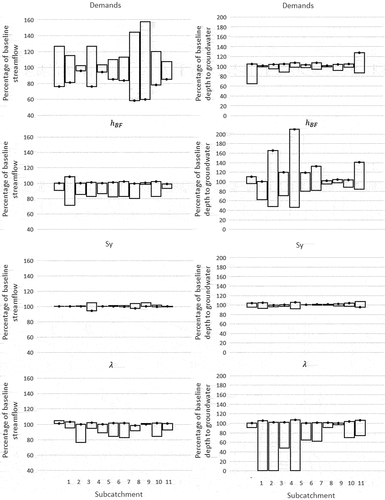Figures & data
Figure 1. Map of the Cauvery River basin with key features labelled and location inset. Gauging stations are numbered for clarity; corresponding names can be found in Appendix B ().
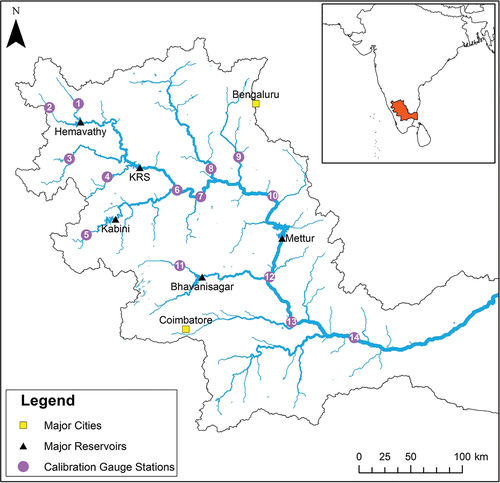
Figure 2. Specific yield values at each layer for the different geological domains. Orange lines denote groundwater abstraction limit.
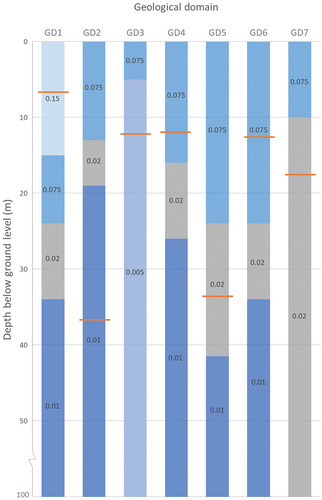
Figure 3. Hydrogeological domains defined for the conceptual groundwater model in GWAVA-GW. For details see .

Table 1. Kling-Gupta efficiency (KGE) values for calibration and validation runs at each sub-catchment, for Global Water AVailability Assessment (GWAVA) and GWAVA with improved groundwater scheme (GWAVA-GW), and change in model skill (Δ skill) between the two model versions for calibration and validation (EquationEquation 3(3)
(3) ).
Figure 4. Observed (India-WRIS Citation2020) and simulated (GWAVA-GW) groundwater levels averaged over time (2007–2014) and over the sub-catchment areas (; Appendix B, ).

Figure 5. Observed and simulated (GWAVA-GW) monthly depth to groundwater, averaged spatially over sub-catchment 2 (Sakleshpur), with the range of observed groundwater depths over the sub-catchment.
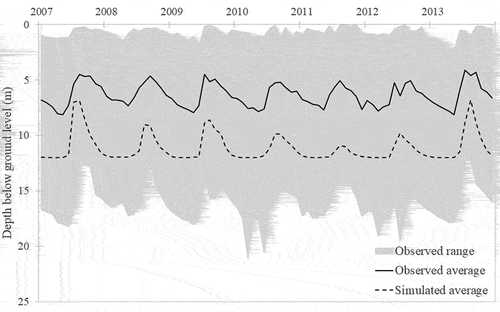
Figure 6. Simulated groundwater fluxes averaged over time (2007–2014) and selected sub-catchment areas. Fluxes are grouped as outgoing (abstractions and baseflow) and incoming fluxes (recharge from rainfall, conveyance loss and from lakebeds). Recharge from small-scale interventions is not included as it is negligibly small. For sub-catchment locations and names see and Appendix B, .
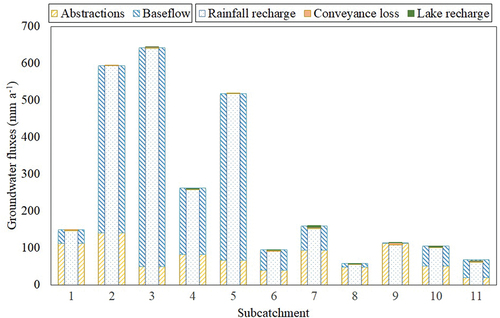
Figure A1. Baseflow and groundwater depths for a test-case single grid cell under artificial drivers: no recharge, constant recharge (at a rate of 2 mm per time step), and variable recharge (grey line, top right plot). Specific yield values are those of the geological domain GD7 (), and the simulations were run with an initial depth of 5 m, hBF of 18 m, and λ = 0.001 (solid line), 0.002 (dashed line), 0.005 (dotted line), and 0.01 (dot-dash line).
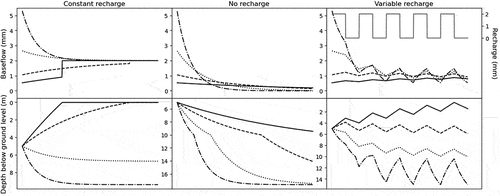
Table B1. Description of selected sub-catchments () including name of gauging station; modelled area; observed average annual rainfall (1988–2014) (Pai et al. Citation2014) summed over the sub-catchment area; years used for calibration and validation of both models; and percentage of observed data in the streamflow data used for calibration/validation. Note that climate data used only extended to 2014.
Table B2. Summary of datasets used to build the model.
Figure B1. Density of groundwater wells for each sub-catchment, and average completeness of the data record for the period 2007-2014.
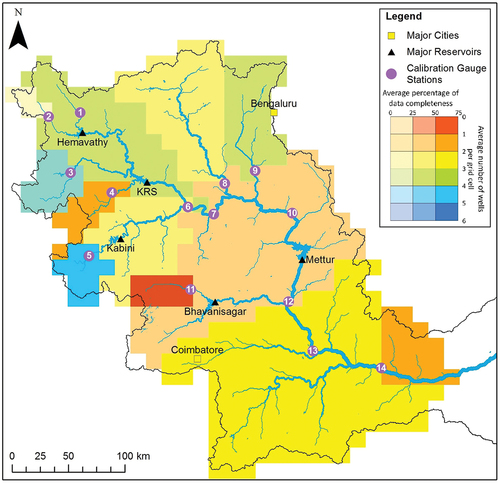
Table C1. Geological characteristics of geo-domains – for hydrogeology of the Cauvery catchment.
Figure D1. Daily hydrograph for gauged streamflow at sub-catchment 10, Biligundulu, which is upstream of the Mettur dam, and 12, Urachikottai, which is downstream of the Mettur dam (; Appendix B, ) (India-WRIS Citation2020).
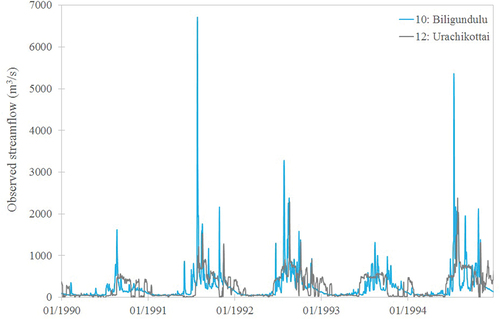
Figure D2. Daily hydrograph for sub-catchment 5, Munthankera (; Appendix B, ), showing observed stream flow (India-WRIS Citation2020), and simulated streamflow from GWAVA and GWAVA-GW.
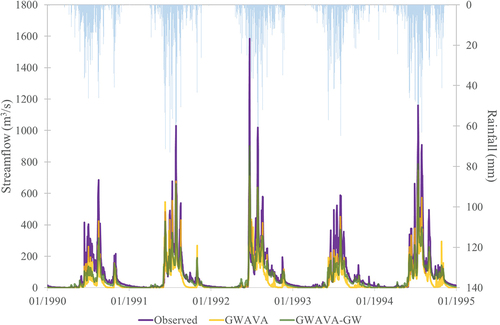
Figure D3. Daily hydrograph for sub-catchment 9, T. Bekuppe (; Appendix B, ), showing observed stream flow (India-WRIS Citation2020), and simulated streamflow from GWAVA and GWAVA-GW.
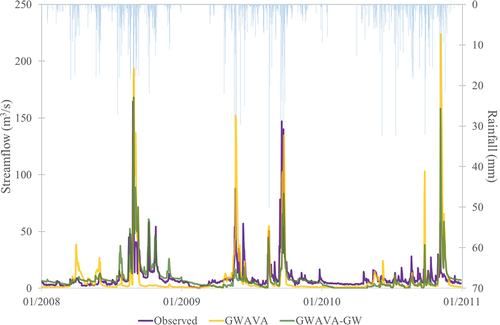
Figure D4. Daily hydrograph for sub-catchment 10, Biligundulu (; Appendix B, ), showing observed stream flow (India-WRIS Citation2020), and simulated streamflow from GWAVA and GWAVA-GW.
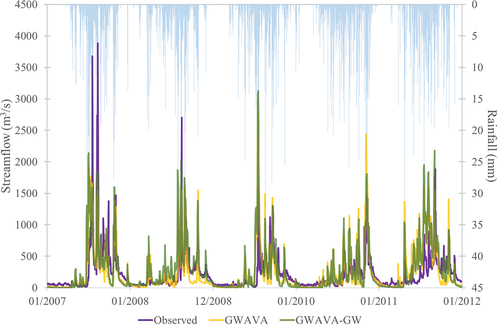
Figure D5. Observed (Central Ground Water Board Citation2009) and simulated (GWAVA-GW) groundwater abstractions over the sub-catchments (; Appendix B, ).
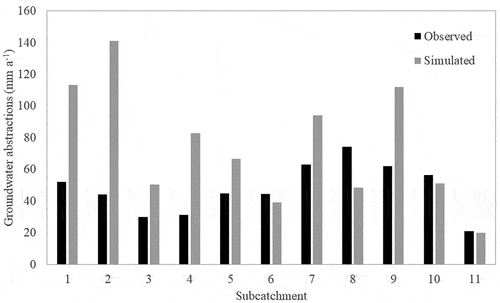
Figure E1. Average depth to groundwater for the sensitivity runs, and average streamflow for the sensitivity runs, as a percentage of baseline results for each sub-catchment (1–11). The sensitivity variables are: anthropogenic demand, Sy (specific yield), and groundwater parameters λ and hBF. The dot indicates the result when the sensitivity variable is increased.
